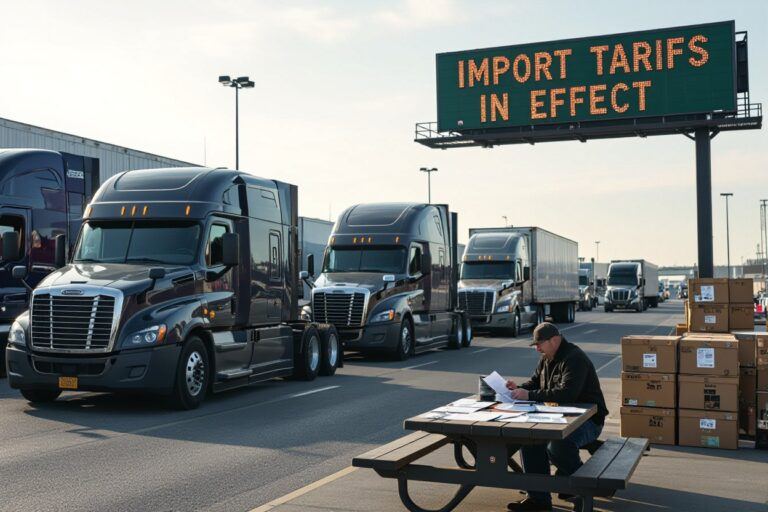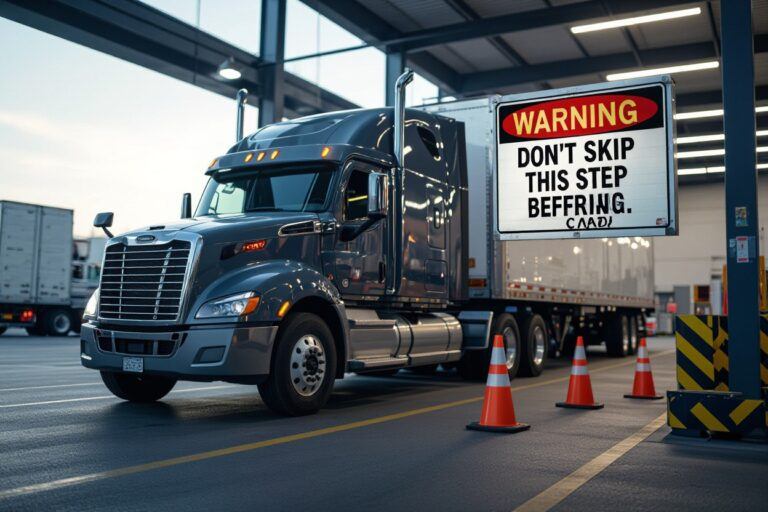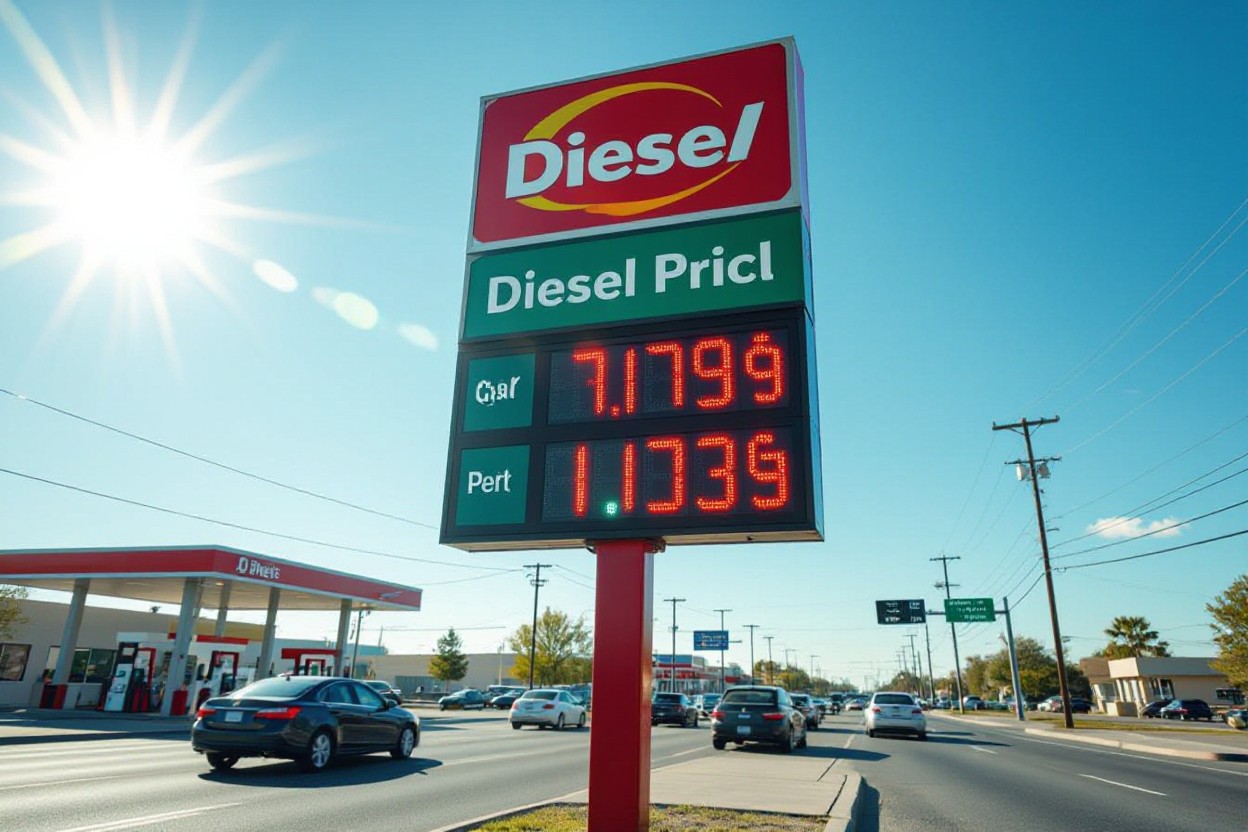
Over the years you have seen diesel surge from under $1 a gallon to volatile highs; understanding that shift helps you manage costs and operations. You should track how supply shocks and policy changes drove price swings and how improved fuel efficiency and alternative fuels create saving opportunities for your fleet. This perspective lets you plan budgets, hedge fuel exposure, and adapt to ongoing market risk.
Key Takeaways:
- The sub-$1/gal period reflected weak demand and abundant refining capacity; inflation-adjusted, it was unusually low compared with today.
- Low diesel reduced transportation costs and supported lower consumer prices and healthier trucking margins; higher diesel since then has increased shipping and goods prices.
- Long-term price drivers—stronger global demand, tighter refinery capacity, stricter fuel regulations, and geopolitical risks—make a return to sub-$1 unlikely.
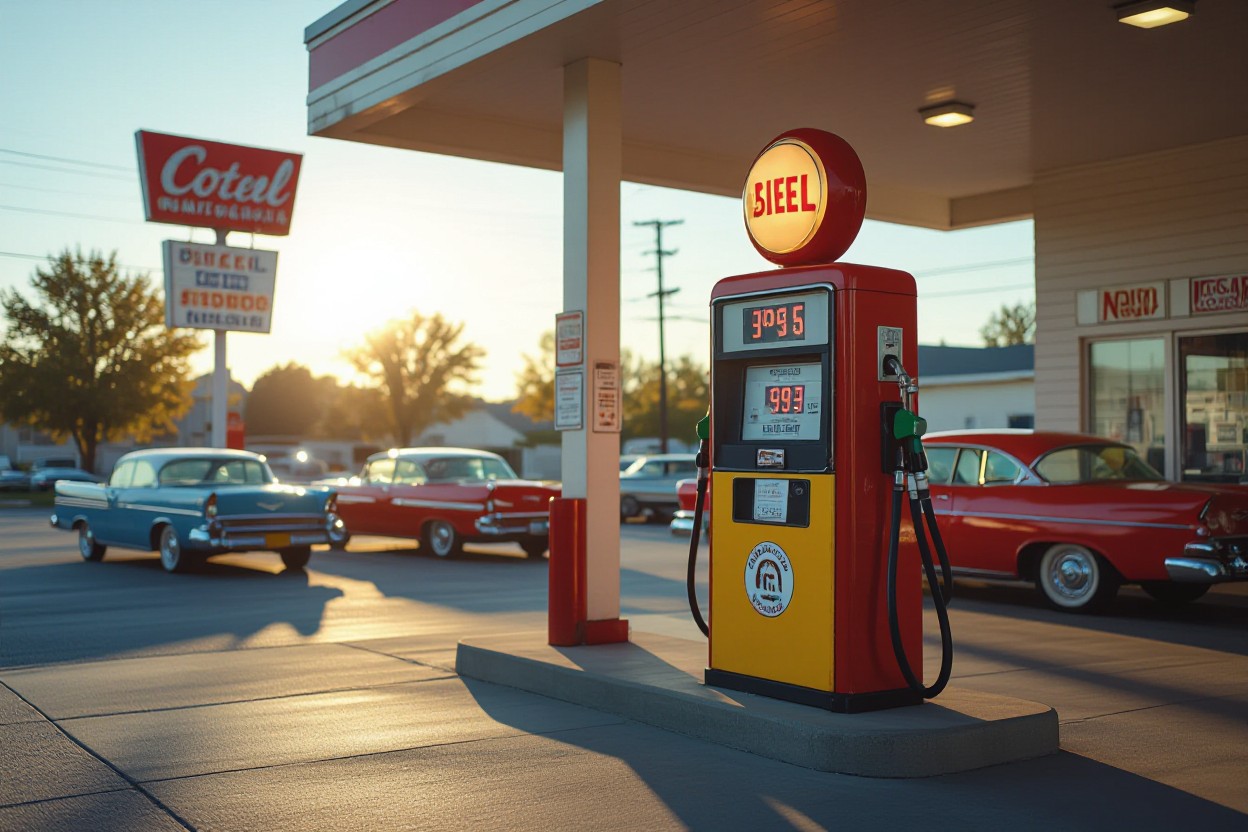
The Golden Era of Diesel Prices: A Trip Down Memory Lane
In the 1990s you often paid under $1 per gallon for diesel, especially during the late‑1990s dip when WTI crude tumbled into the low $10s per barrel; that price environment let fleets expand, construction projects proceed cheaply, and long‑haul margins breathe easier, translating into tangible savings for both businesses and consumers.
Historical Context: Diesel Prices in the 1990s and 2000s
After the Asian financial crisis and 1998 oil glut, diesel averaged roughly $0.80–$1.00/gal in many U.S. markets thanks to slack demand and excess refining capacity. The 2000s reversed that trend as rising crude and tighter refining pushed diesel toward ~$2/gal by 2004, with volatility culminating in spikes above $4/gal in 2008.
The Economic Boom and Fuel Affordability
As global trade and the housing boom accelerated in the early 2000s you benefited from relatively affordable diesel that kept trucking and heavy equipment costs manageable; fuel often stayed under 20% of carrier operating costs, so many fleets reinvested, expanded routes, and used lower freight rates to win business.
Fleet decisions began to change as crude climbed: you saw fuel surcharges move from minimal add‑ons to routine line items after 2004, and regulatory shifts—most notably the U.S. rollout of ULSD in 2006—raised refining costs, forcing carriers to adjust margins, defer or accelerate equipment purchases, and hedge fuel exposure to protect profitability.
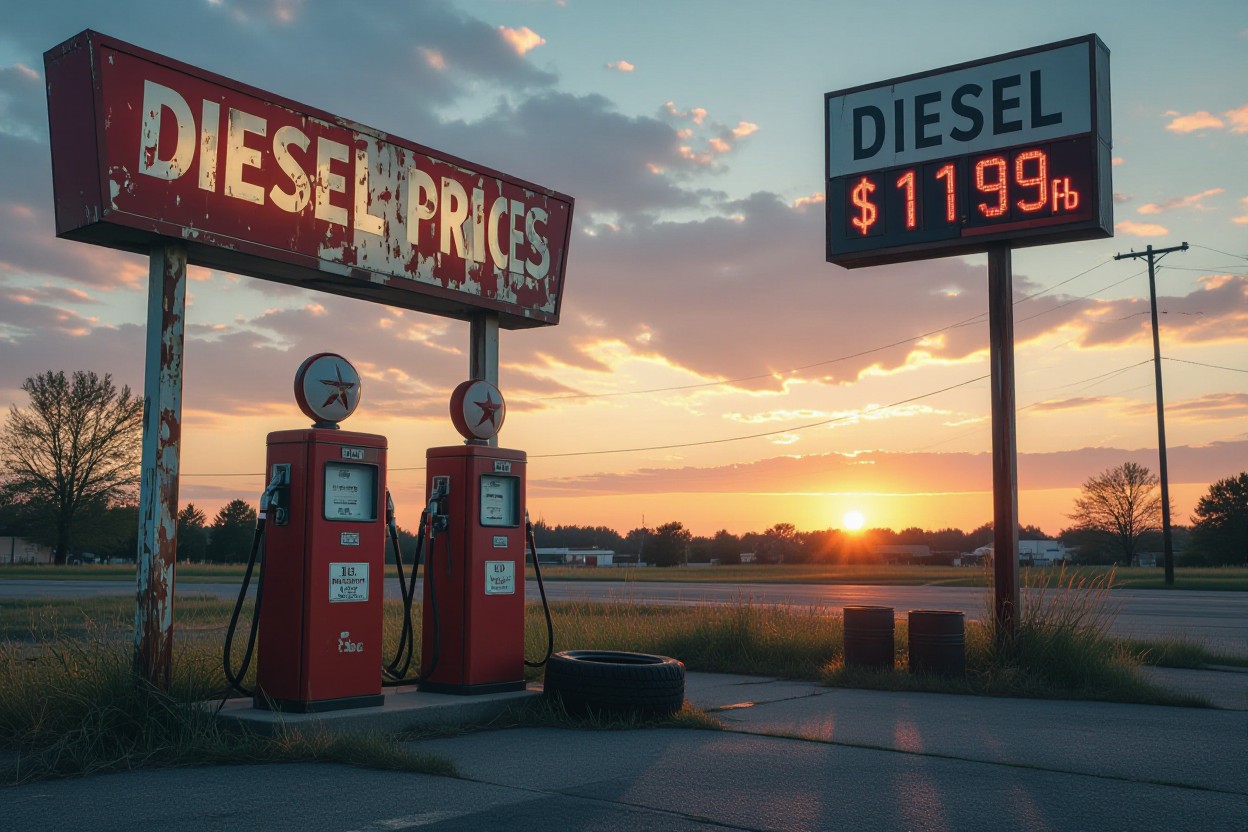
Factors Driving Diesel Prices Over the Years
- Crude oil
- Refining capacity
- Supply chain
- Geopolitics
- Taxes & regulations
Price swings trace to concrete events: $147/bbl Brent in 2008, the U.S. shale boom that pushed Brent under $50 by 2015, and the COVID demand collapse that cut consumption roughly 30% in spring 2020; refinery outages and fuel-spec changes have repeatedly tightened diesel availability, while taxes and environmental mandates raise baseline costs. Knowing how those specific shocks layer together helps you read future volatility.
Crude Oil Fluctuations and Market Pressures
Brent reached $147.27/bbl in July 2008, driving diesel spikes, then fell below $50 during the 2014–15 shale surge; WTI went negative (-$37.63) on April 20, 2020, reflecting extreme demand collapse, and Brent topped $120 in 2022 after the Ukraine invasion—events you watch because OPEC+ cuts and inventory draws quickly amplify diesel price moves.
Supply Chain Changes and Global Events
Hurricanes and refinery outages, such as Harvey sidelining roughly 2 million bpd of U.S. refining in 2017, pandemic lockdowns that slashed demand about 30% in 2020, and post‑2022 port congestion and sanctions on Russian seaborne crude all tightened diesel flows, so you saw local pump prices spike when distribution chokepoints emerged.
Digging deeper, refinery downtimes and feedstock shifts (more heavy sour processing needed) widened the ULSD crack spread, with U.S. distillate inventories falling to multi‑year lows in 2022; logistics issues—rail bottlenecks, driver shortages, and terminal constraints—meant even when crude was available, moving finished diesel to inland markets often became the binding constraint you had to manage.
Environmental Impacts and Regulatory Shifts
Increasing Environmental Regulations and Their Influence
You felt the price impact when the U.S. moved to Ultra‑Low Sulfur Diesel (15 ppm) in 2006–2007 and when nonroad and highway engines met EPA Tier 4 standards, which cut particulate and NOx emissions by more than 90% versus older engines. California’s CARB rules and the IMO’s 2020 cap (0.5% sulfur, down from 3.5%) pushed demand toward cleaner distillates and raised refining complexity and costs, tightening supplies you rely on.
The Role of Renewable Energy Initiatives
You saw policy tools like the Renewable Fuel Standard (RFS, enacted 2005, expanded 2007) and California’s Low Carbon Fuel Standard reshape markets by creating value for biodiesel and renewable diesel via RINs and LCFS credits. Companies such as Neste and Diamond Green Diesel expanded capacity, turning renewable fuels from niche volumes into a meaningful share of diesel supply and altering price dynamics at the terminal level.
Additional detail: renewable diesel made from waste oils and fats often delivers the biggest carbon wins, with lifecycle greenhouse‑gas reductions that industry studies place in the range of 60–80% versus petroleum diesel depending on feedstock; you can directly benefit from lower carbon intensity credits and improved air quality in urban fleets, while refinery upgrades and feedstock competition continue to influence how fast renewable volumes scale.
Predictions Gone Awry: What Experts Missed
You watched reputable models miss the scale and speed of change: the EIA and IEA underestimated the post-pandemic demand rebound, while Brent crude swinging from roughly $20 in April 2020 to over $80 by late 2021 exposed flawed assumptions. Supply elasticities, refinery bottlenecks and diesel-specific crack spreads were downplayed, so your logistics costs and contract hedges faced steeper, faster price swings than forecasts had prepared you for.
Analysis of Forecasted Diesel Price Trends
Many forecasts relied on broad crude-price assumptions and steady refinery utilization, overlooking diesel’s tight market structure; when spring turnarounds and unplanned outages removed barrels, diesel crack spreads widened and inventories drew down. You saw models miss regional dynamics—European diesel balances versus U.S. export capacity—and pay the price as basis differentials and freight rates amplified what seemed like modest crude moves into significant pump-level increases.
The Unexpected Effects of Geopolitical Events
Events like the September 2019 Abqaiq attack, which disrupted about 5% of global oil output, showed how localized strikes can ripple into diesel shortages and immediate price spikes; you experienced rapid margin compression and rushed procurement, as traders re-priced risk across refining hubs and seaborne product flows.
After Russia’s February 2022 invasion, EU sanctions and voluntary exit by buyers forced diesel flows to be rerouted, pushing Europe’s inventories to multi-year lows and increasing freight and refining arbitrage. You had to source product from farther afield—U.S. exports rose, and buyers in India accepted heavily discounted Russian barrels—creating new counterparty and logistics risks while inflating spot diesel premiums.
Adapting to the New Normal: Strategies for Consumers
Practical Tips for Cost-Effective Fuel Use
Use maintenance and driving changes to stretch each gallon: monthly tire checks, clean air filters, steady highway speeds with cruise control, and consolidating errands cut consumption. Proper tire inflation can improve economy by up to 3%, while aggressive driving can reduce efficiency by as much as 30%. Short trips and idling burn fuel—limit idle time and plan routes to avoid excess. Thou should track mileage and fuel spend with apps like Fuelly or GasBuddy to find saving patterns.
- Tire pressure: check monthly — up to 3% better economy
- Trip planning: combine errands to reduce miles by 10–20%
- Cruise control: use on highways to smooth speed and save fuel
- Idling: avoid — engines burn fuel while stationary
- Maintenance: timely oil, filters, and spark plugs keep efficiency
Exploring Alternative Fuel Options
Compare electric vehicles, biodiesel, CNG, and propane for your needs: EVs can cut per‑mile energy costs by up to 60% versus diesel in many areas; B20 (20% biodiesel) runs in most diesel engines without modification; CNG and propane work well for fleets with centralized fueling and often lower fuel bills. Your decision depends on range, upfront cost, and local infrastructure.
Factor in incentives and access: EV federal credits can shave several thousand dollars off purchase price, while CNG and propane conversions or station installations range from a few thousand to over ten thousand dollars. Fleet case studies show propane autogas can reduce annual fuel spending by 30–50%, and biodiesel lowers particulate emissions—your final choice should balance long‑term savings against conversion cost and fueling convenience.
To wrap up
The era when diesel dipped below $1 a gallon shows how swiftly energy markets can shift and how those shifts impact your operating costs and planning. You should use that experience to diversify suppliers, invest in fuel efficiency, and maintain contingency budgets so your operations remain resilient when prices rise.
FAQ
Q: What conditions allowed diesel to sell for under $1 per gallon in the past?
A: A mix of low crude oil prices, ample refining capacity, weak global demand and regional tax structures made sub‑$1 diesel possible. Periods of economic slowdown or oversupply pushed crude prices down; refineries were not yet configured for stricter diesel specifications, which kept processing costs lower; and some regions applied relatively low excise taxes or provided subsidies. Together these factors produced unusually cheap wholesale diesel that translated to very low pump prices in parts of the country.
Q: How did such low diesel prices affect the economy, businesses and households?
A: Very low diesel cut transportation and distribution costs, lowering prices for freight‑intensive goods and easing fuel budgets for trucking, agriculture and construction. Households benefited from cheaper commuting and goods, and some businesses saw margin relief. Conversely, low prices reduced incentives to invest in fuel efficiency and alternative fuels, strained government fuel tax revenues, and encouraged higher vehicle miles traveled, which increased emissions and wear on infrastructure. The net effect varied by sector—exporters and heavy users gained, while long‑term energy investments slowed.
Q: Could diesel prices fall below $1 per gallon again today?
A: In nominal terms that outcome is highly unlikely without extreme events. Inflation, higher production costs (sulfur removal, fuel standards), stronger global demand and current tax regimes raise the baseline price. A return to sub‑$1 would require either a massive, sustained collapse in global demand, an unprecedented supply surge, or major policy changes such as large tax cuts or subsidies. Temporary, localized occurrences could happen under extreme market dislocation or heavy government intervention, but broadly sustained sub‑$1 diesel is improbable under present economic and regulatory conditions.
